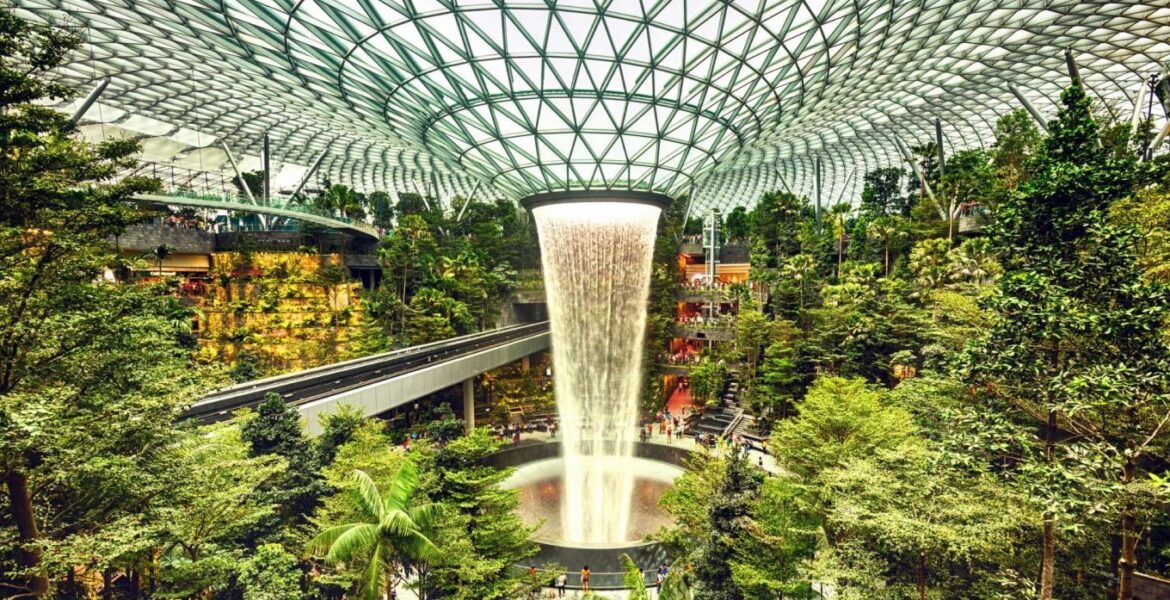In a world where urban sprawl often comes at the expense of green space, some cities are proving that architecture and nature don’t have to be at odds. Across the globe, visionary designers are creating spaces where lush vegetation and bold structures exist in perfect harmony. These projects aren’t just beautiful—they’re functional, sustainable, and a glimpse into the future of urban living. Here are five stunning examples of how nature and architecture can thrive together.
Bosco Verticale [Italy]

In the heart of Milan, Bosco Verticale (Vertical Forest) redefines urban living. These two residential towers are covered with more than 20,000 trees, shrubs, and plants — essentially turning skyscrapers into living, breathing ecosystems. Designed by Stefano Boeri, the vegetation absorbs CO₂, improves air quality, and shields interiors from heat and noise. It’s an inspiring model for sustainable high-rise living.
Gardens by the Bay [Singapore]

Singapore has reimagined the role of green spaces with this breathtaking 101-hectare park. The Supertree Grove — towering structures up to 50 meters tall — acts as vertical gardens, rainwater collectors, and solar energy generators. Meanwhile, the Cloud Forest and Flower Dome house exotic plants in climate-controlled biodomes. It’s a perfect showcase of how architecture and ecology can merge to create urban oases.
The Spheres [USA]

Located within Amazon’s Seattle HQ, The Spheres are three glass domes filled with over 40,000 plants from around the world. Designed to foster innovation and well-being, they serve as a nature-rich workspace where employees can think, meet, and relax. The microclimate inside mimics cloud forest conditions, demonstrating how biophilic design can transform office life.
Barbican Centre [UK]

While the Barbican is celebrated for its stark Brutalist architecture, it hides a lush surprise. The Barbican Conservatory, one of London’s largest indoor gardens, features over 1,500 species of tropical plants and trees. It’s a serene escape nestled among rough concrete walls, proving that even the harshest structures can be softened by greenery.
One Central Park [Australia]

This pair of residential towers in Sydney is wrapped in vertical gardens designed by French botanist Patrick Blanc. The development includes a cantilevered heliostat that reflects sunlight into the shaded lower areas, enhancing natural light and energy efficiency. One Central Park is a striking example of how urban buildings can embrace green innovation without compromising design.
[Contributed By Anushka Gaikwad]











